Navigating the Challenges of IT Staffing Best Practices
The field of information technology is constantly evolving, with new technologies and trends emerging at an unprecedented pace. As organizations strive to stay at the forefront of this digital landscape, the demand for skilled IT professionals has never been higher. However, finding the right talent to meet these evolving needs can be a daunting task. That’s where IT staffing best practices come into play. By leveraging effective strategies and approaches, organizations can navigate the challenges of IT staffing and ensure they have the right people in place to drive their technology initiatives forward. In this blog, we will explore some of the key challenges in IT staffing and delve into the best practices that can help organizations overcome these hurdles. From identifying the right skills and competencies to streamlining the hiring process, we will provide valuable insights and actionable tips to help you build a strong IT team that can thrive in the ever-changing digital landscape. So let’s dive in and discover how to navigate the challenges of IT staffing and achieve success in your technology initiatives.
1. Identifying the Right Skills and Competencies
One of the biggest challenges organizations face in IT staffing is identifying the right skills and competencies needed for their technology initiatives. With the constant emergence of new technologies and evolving job roles, it’s crucial to have a clear understanding of the skills required to meet the organization’s specific goals.
To overcome this challenge, organizations can adopt a proactive approach by regularly assessing their technology needs and mapping them to the skills required. This can involve conducting thorough job analyses, consulting with IT professionals in the industry, and benchmarking against similar organizations. By being proactive in identifying the necessary skills, organizations can create detailed job descriptions that attract candidates with the right expertise.
Real-world Example: XYZ Corporation, a small tech startup, was struggling to find IT professionals with expertise in containerization technologies. After conducting a job analysis and understanding their specific needs, they rewrote their job descriptions to emphasize the required containerization skills. As a result, they were able to attract a highly skilled IT professional who helped streamline their development process and improve their overall efficiency.
2. Emphasizing Soft Skills in IT Staffing
While technical skills are essential in IT staffing, organizations should not overlook the importance of soft skills. Collaborative teamwork, effective communication, adaptability, and problem-solving abilities are crucial for IT professionals to thrive in a dynamic and fast-paced environment.
To ensure the right fit for their IT team, organizations should incorporate assessments and interviews that evaluate candidates’ soft skills. This can involve scenario-based questions, group exercises, or even personality assessments. By emphasizing the importance of soft skills in the IT staffing process, organizations can build cohesive and high-performing teams.
Real-world Example: ABC Corporation, an IT consulting firm, faced challenges with their previous hires struggling to effectively communicate with clients. In response, they incorporated a communication skills assessment during their hiring process, enabling them to identify candidates with strong interpersonal abilities. As a result, their client satisfaction improved, leading to increased repeat business and referrals.
3. Balancing Cultural Fit and Diversity
In addition to technical and soft skills, organizations should also consider the cultural fit of potential hires. A cohesive company culture is essential for collaboration, innovation, and employee satisfaction. However, it’s equally important to foster diversity and inclusion within the IT team to tap into a broader range of perspectives and ideas.
To strike a balance, organizations can implement diversity initiatives that ensure a fair and inclusive recruitment process. This can involve actively sourcing candidates from diverse backgrounds, encouraging employee referrals, and providing unconscious bias training to hiring managers. By prioritizing both cultural fit and diversity in their IT staffing efforts, organizations can benefit from the best of both worlds.
Real-world Example: DEF Corporation, a software development company, realized their IT team lacked diversity, limiting their ability to tackle complex challenges from various angles. To address this, they partnered with local colleges and universities to promote internships and attract diverse talent. This initiative not only brought fresh perspectives to their team but also enhanced their reputation as an inclusive organization.
4. Streamlining the Hiring Process
The IT staffing process can often be time-consuming and complicated, leading to delays in filling critical positions and possibly losing top talent to competitors. Streamlining the hiring process is crucial to attract and secure highly sought-after IT professionals.
To streamline the process, organizations should invest in applicant tracking systems and other recruitment technologies that automate resume screening, interview scheduling, and candidate assessments. Additionally, organizations should optimize their job postings for online platforms and leverage social media to attract a wider pool of candidates. By embracing technology and refining their processes, organizations can significantly reduce the time-to-hire and secure top IT talent.
Real-world Example: GHI Corporation, an e-commerce company, struggled with long hiring cycles, causing them to lose potential hires to more agile competitors. They implemented an applicant tracking system that automated resume screening and interview scheduling, allowing them to identify qualified candidates faster. This change resulted in a streamlined hiring process, reduced time-to-hire, and a higher acceptance rate from candidates.
Conclusion
Navigating the challenges of IT staffing is crucial for organizations to stay competitive and fuel their technology initiatives. By adopting best practices such as identifying the right skills, emphasizing soft skills, balancing cultural fit and diversity, and streamlining the hiring process, organizations can overcome these hurdles and build strong IT teams. These strategies, when implemented effectively, can empower organizations to attract top IT talent, drive innovation, and thrive in the ever-changing digital landscape. With the evolving demands of the IT industry, organizations must embrace these best practices to secure their position as a leader in the digital era.




